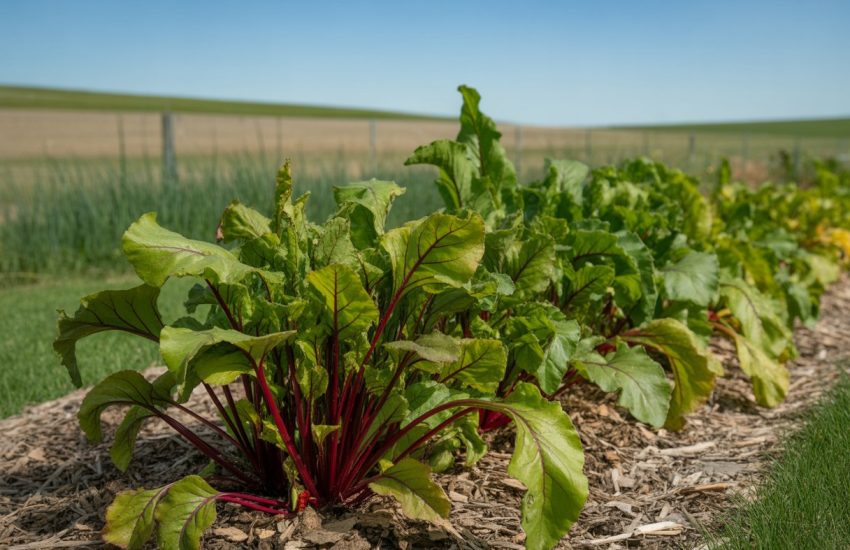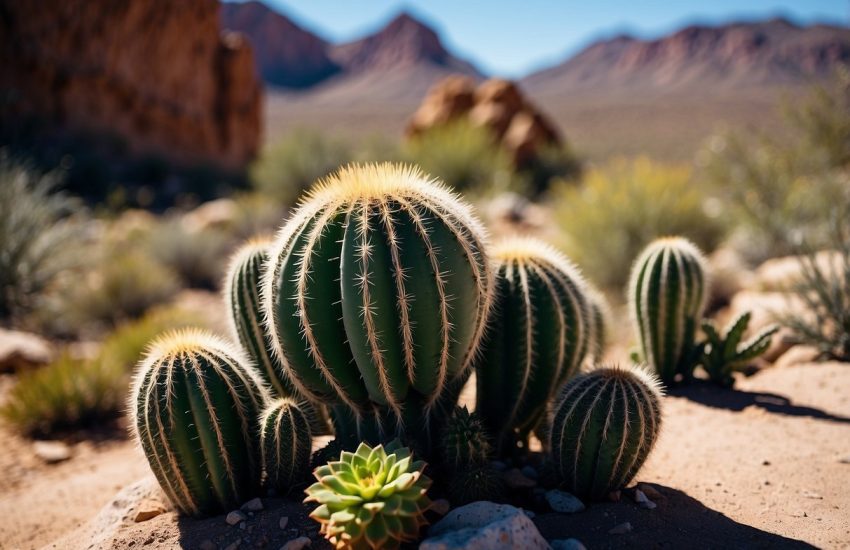Plants That Look Like Wandering Jew: A Guide to Similar Species
Indoor plants are a great way to add a touch of nature to any living space. One popular houseplant that has gained a lot of popularity in recent years is the Wandering Jew plant (Tradescantia zebrina). This plant is known for its beautiful, purple and silver-striped leaves that seem to grow in all directions, making it a unique and eye-catching addition to any room.

However, not everyone may be able to grow or care for a Wandering Jew plant due to various reasons. Some may not have the right conditions, such as enough natural light or humidity, while others may simply want a change. Fortunately, there are several other plants that look like Wandering Jew and can be great alternatives for those looking for something similar.
In this article, we will explore some of the best plants that look like Wandering Jew and can be grown as indoor plants. We will also discuss their care requirements and how they compare to the Wandering Jew plant. So, whether you’re a seasoned plant parent or just starting out, keep reading to discover some new plant options for your home.
Identification and Characteristics

Species Overview
Plants that look like Wandering Jew are herbaceous perennials that belong to the Tradescantia genus. The botanical name for Wandering Jew is Tradescantia fluminensis, while inch plant is known as Tradescantia zebrina. These plants are native to South America, but they are now widely grown as houseplants around the world due to their ease of care.
Other species of Tradescantia that can resemble Wandering Jew include Tradescantia pallida, commonly known as Purple Heart, and Tradescantia spathacea, also called Oyster Plant or Boat Lily. These plants have variegated leaves, glossy, dark green leaves, and light purplish-pink flowers.
Visual Description
Wandering Jew plants are characterized by their deep purple, variegated leaves that can grow up to 2 inches long and 1 inch wide. The leaves are ovate to lanceolate in shape and have a pointed tip. The plant produces small white or pink flowers with three petals that bloom in the summer.
Inch plants, or Tradescantia zebrina, have similar variegated leaves with purple undersides, but they are more elongated and have a pointed tip. The plant produces small, light purple flowers.
Purple Heart, or Tradescantia pallida, has deep purple leaves that are more elongated than Wandering Jew and have a pointed tip. The plant produces small, pink flowers.
Oyster Plant, or Tradescantia spathacea, has glossy, dark green leaves that are more elongated than Wandering Jew and have a pointed tip. The plant produces small, white flowers.
In summary, plants that look like Wandering Jew can be identified by their variegated leaves, deep purple color, and small, three-petaled flowers. They are easy to care for and make great houseplants.
Cultivation and Care
Growing Conditions
Plants that look like Wandering Jew are easy to grow and care for, making them a popular choice for indoor houseplants. They belong to the Commelinaceae family and are native to Mexico, South America, and Central America. These plants prefer well-draining soil and bright indirect light. They can tolerate full sunlight but may develop a purple hue with white stripes in their leaves if exposed to too much direct sunlight.
Maintenance and Propagation
To keep these plants healthy and thriving, it is important to provide them with adequate water and humidity. They should be watered when the top inch of soil feels dry to the touch. Overwatering can lead to root and stem rot, while underwatering can cause the leaves to wilt and dry out.
Regular pruning can help promote bushier growth and prevent the plant from becoming too leggy. Plants that look like Wandering Jew can be propagated through stem cuttings. Simply take a cutting that is 3-4 inches long, dip the cut end in rooting hormone, and plant it in moist soil. Keep the soil moist and the air around the cutting humid until it roots.
Pest and Disease Management
Plants that look like Wandering Jew are generally resistant to pests and diseases, but they can still be affected by spider mites, aphids, mealybugs, and scale. Root rot and bacterial infections can also occur if the plant is overwatered or exposed to too much moisture.
To prevent pest and disease problems, it is important to maintain good hygiene practices and avoid overcrowding. Infected plants should be isolated and treated with an appropriate pesticide or fungicide. Regularly inspecting the plants for signs of pests and diseases can also help prevent infestations from spreading.
In summary, plants that look like Wandering Jew are low-maintenance and easy to care for. They can be grown as indoor houseplants, groundcovers, or in hanging baskets. By providing them with the right growing conditions, regular maintenance, and proper pest and disease management, these plants can thrive and add a touch of beauty to any space.


